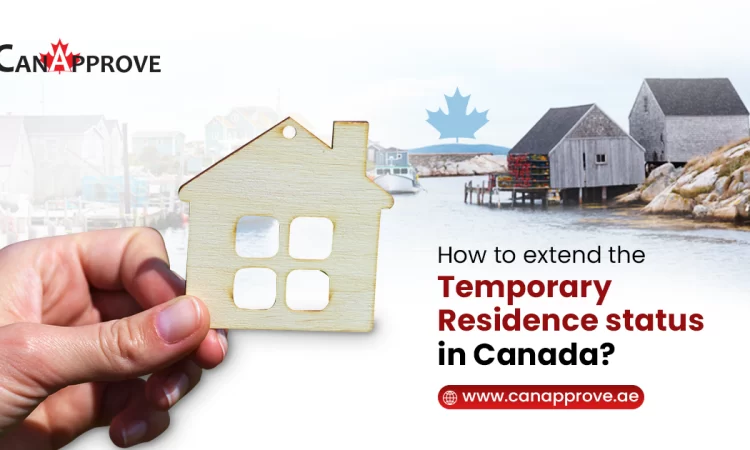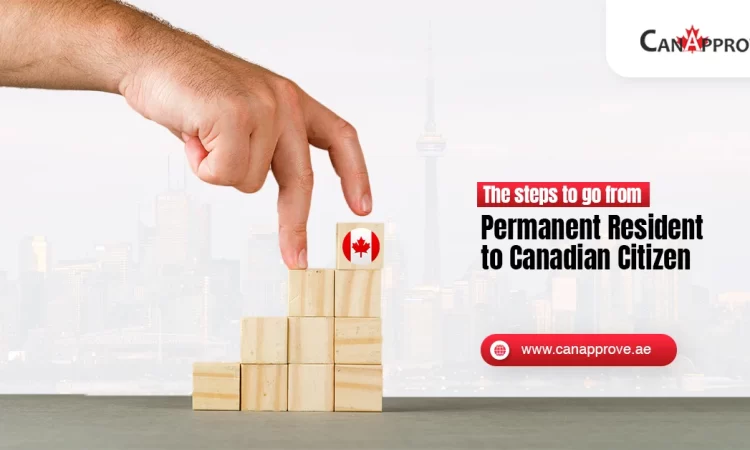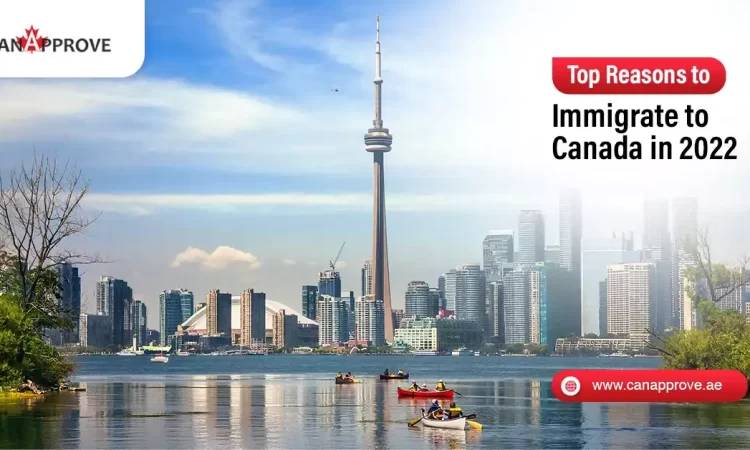Immigration, Refugees and Citizenship Canada (IRCC) permits a few options that allow temporary residents in Canada to remain in the country while they wait for a decision regarding temporary or permanent status.
For instance, if a temporary resident in Canada applies for a new temporary status, then they don’t need to leave Canada even if their documents expire before IRCC takes a decision. Students, visitors, and temporary foreign employees can preserve their temporary resident status through maintained status in order to remain in Canada until they hear about their new application.
Bridging Open Work Permit (BOWP) may be beneficial for temporary residents who are applying for permanent residency and whose documents are about to expire
Post-Graduation Work Permit cannot be renewed or extended, While some temporary residency permits can be. However, this does not always indicate that these workers are not eligible for another type of work permit.
A temporary Resident Visa (TRV) doesn’t paves way for working or pursuing an academic in Canada. Those applicants may also be eligible to apply for a Visitor Record and be permitted to stay for longer than six months, but it doesn’t enable them to work or study. Let’s look at the programs that help people to stay in Canada, they are:
- Work Permits
- Study Permits
- Post-Graduation Work Permits
- Bridging Open Work Permits
- Spousal Open Work Permits
Work permit for Temporary Residents
Canada has two broad categories of Work permits, one with a positive or neutral Labour Market Impact Assessment (LMIA), and the other is LMIA-exempt.
The employer who is in need of a worker should show that they need a foreign worker to fill a vacant position and that’s how the LMIA process. The Employment and Development Services Canada (EDSC) issues the LMIA to the employer and the employer sends a copy of the confirmation letter to the worker. Following this, the worker can apply for a work permit to IRCC.
Most temporary foreign workers have work permits that are LMIA exempt. More than 315,000 work permits from LMIA-exempt, were issued in 2021, which is roughly three times more than the LMIA work permits. To hire through an LMIA-exempt work permit program, Canadian employers should submit the offer of employment through the IRCC’s employer portal.
The LMIA-exempt has open work permits, which let holders work anywhere for any employer in Canada. It also includes work permits issued through the International Experience Canada (IEC) program. IEC offers pathways for young people from particular nations who want to gain Canadian experience.
Study Permit for Temporary Residents
If your career and your financial status are viable and endurable, you can very well apply for a study permit to stay in Canada. You can work part-time for 20 hrs during the period of your academics and full-time during your summer and fall breaks. However, first, you need to be admitted to a Designated Learning Institution (DLI).
There are possibilities to get qualified to remain in Canada after completing your program through the PGWP (if you have never had one before). Additionally, you will be qualified for routes to permanent residency that are for international student graduates.
Post-Graduation Work Permit (PGWP)
This is for international student graduates who completed their post-secondary program at a Designated Learning Institution. It doesn’t tie down the worker to only one employer or occupation and is open to work anywhere he or she wishes.
Study programs that last more than eight months but less than two years could be qualified for a PGWP. International students who successfully completed two-year or longer programs may be qualified for a three-year PGWP.
Bridging Open Work Permit (BOWP)
This allows specific permanent residency applicants to stay in Canada over the expiry date of their temporary residence status.
The given are the few programs that are eligible for a BOWP:
- Federal Skilled Worker Program
- Canadian Experience Class
- Federal Skilled Trades Program
- Provincial Nominee Program
- Quebec Skilled Workers
- Agri-Food pilot program
To get into a BOWP applicants need to receive an Acknowledgement of Receipt (AOR) from IRCC. But according to their circumstances, they may apply for other work permits.
Did you know if you can apply for 2 Canadian immigration programs simultaneously?
Spousal Open Work Permit (SOWP)
Generally, Spousal sponsorship can be an option if your spouse or common-law partner is a Canadian citizen or permanent resident. Spouses and common-law partners in Canada can undergo their immigration process by the Spousal Open Work Permit (SOWP).
This may be available to you if you are applying for sponsorship from within Canada. In-land applicants are those who apply from within Canada. Also, temporary residents’ spouses may get an open work permit.
If it’s possible to convince the government, then their spouse can be enrolled in this program.
To know more about the Canadian immigration pathways, stay in touch with CanApprove. And are you seeking immigration assistance? Fret not! CanApprove is right here…
















